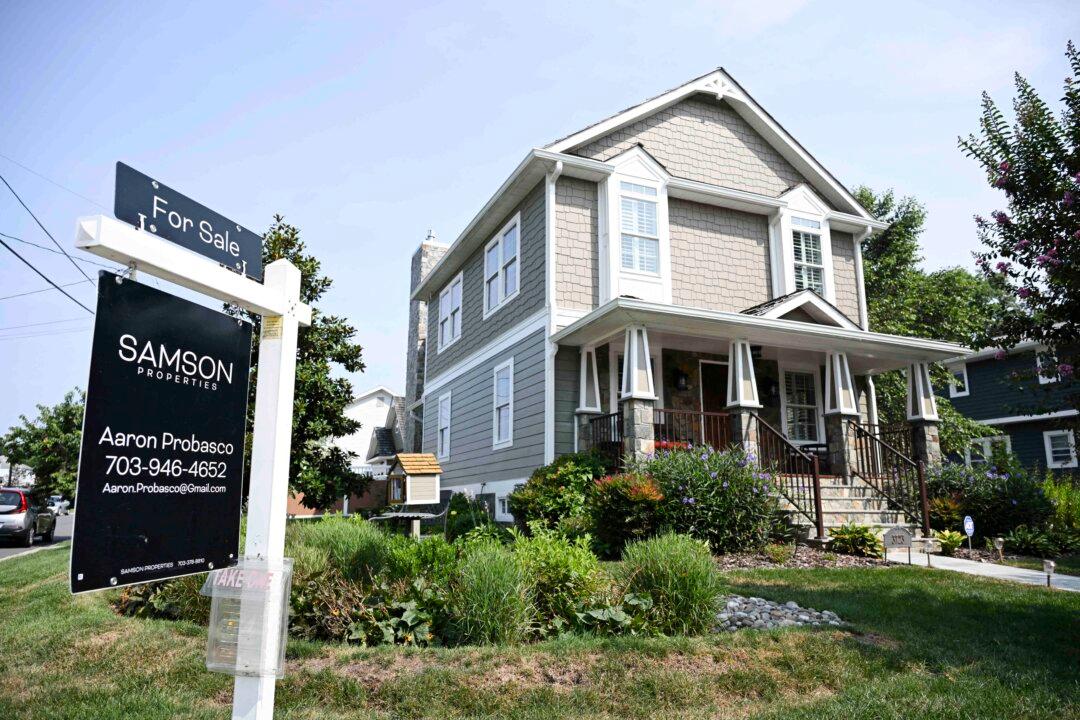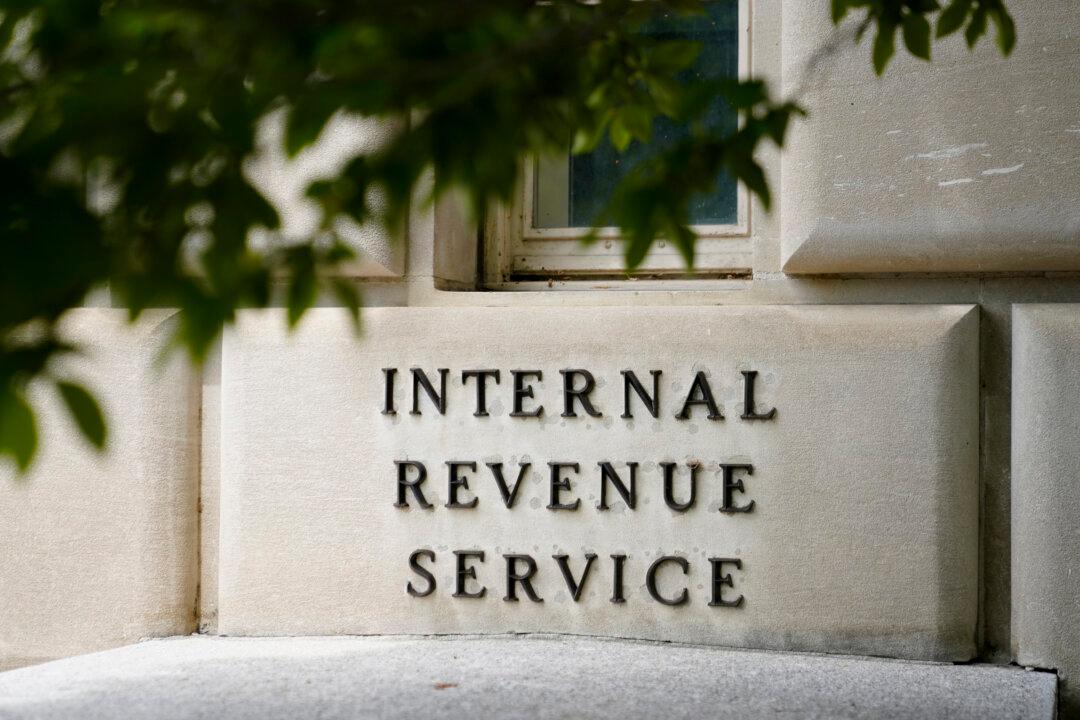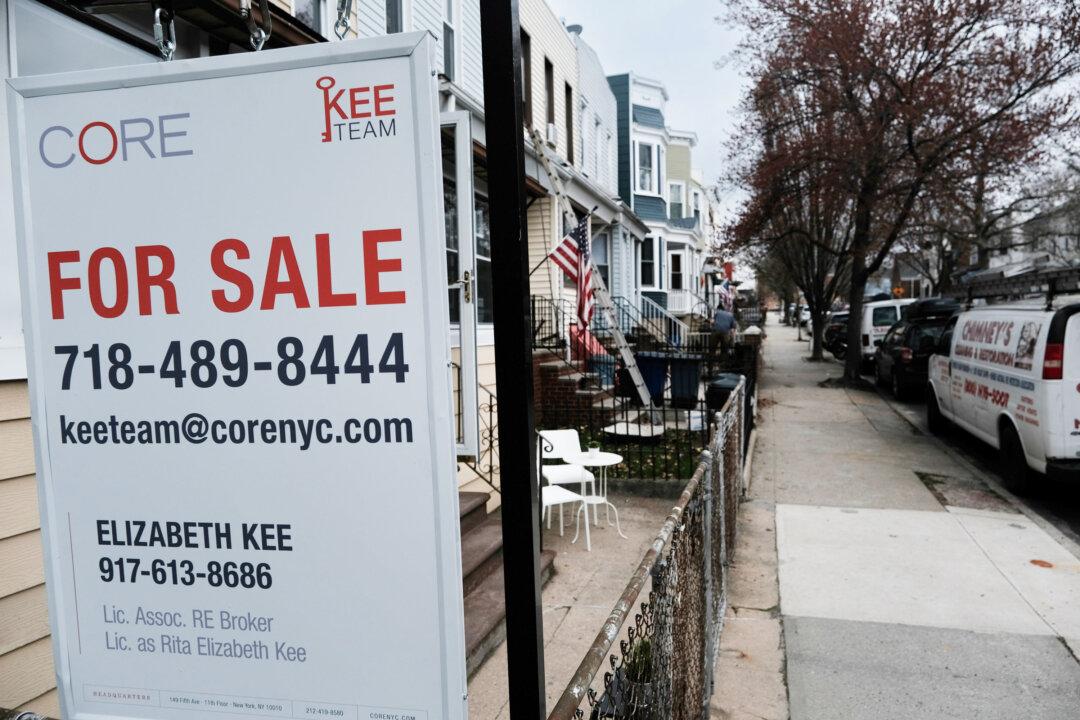Almost a third of American college students are enrolled in programs that do not generate a positive return on investment (ROI), according to a recent analysis by non-profit thinktank The Foundation for Research on Equal Opportunity (FREOPP).
Overall, 31 percent of students were found to be enrolled in programs that do not generate any ROI.
The returns for these programs were negative, meaning the earning benefits generated by the program do not meet the cost of the program. Almost 25 percent of bachelor’s degrees, 43 percent of associate degrees, and nearly 50 percent of master’s degrees had negative ROI.
The ROI for the median bachelor’s degree was $160,000. However, this varied greatly depending on the topic of study. For subjects such as economics, computer science, and nursing, the ROI was $500,000. For topics such as English, education, psychology, and fine arts, it was on the lower side and sometimes even zero.
The bachelor’s degree that had the highest median payoff was engineering with a median ROI of $949,000. This was followed by computer science with $652,000, nursing generating $619,000, and economics making $549,000.
For undergraduate certificates, returns were higher for technical trades compared to the median bachelor’s degree. The median investment return for technical trades—professions like precision metal-working, HVAC technology, and vehicle repair—was $313,000.
However, many subbaccalaureate programs, like associate degrees in subjects like general education or liberal arts, were found to have no payoff.
“Field of study is the paramount consideration at both the baccalaureate and subbaccalaureate levels,” the analysis stated. ROI for the median subbaccalaureate program was $170,000.
The ROI for graduate school is also mixed. “Professional degrees in law, medicine, and dentistry tend to have a strong payoff, often in excess of $1 million. However, nearly half of master’s degree programs have no ROI, thanks to their high costs and often-modest earnings benefits. Even the MBA, one of America’s most popular master’s degrees, frequently has a low or negative payoff,” according to the analysis.
An MBA had a median return of only $101,000, with 39 percent of programs generating negative returns. Law school had a median ROI of $470,000 with Columbia University’s law degree leading in this regard with an ROI of $6.6 million.
Colleges with the highest net tuition costs, above $16,000 per year, were found to generate higher median ROI. Those with lower costs had lower investment returns.
The analysis speculated that the higher tuition costs buy better quality education which then pays off as higher returns. Alternatively, prestigious schools may have access to professional networks and elite job markets where students can be placed and thus may charge higher tuition fees.
The degree with the highest return was Princeton University’s computer engineering program which generated an ROI of $7.1 million. However, the program only enrolled two dozen students in the recent year.
The analysis also looked at how federal government assistance to higher education students, like Pell Grants and student loans, pays off.
College Costs, Debts
The FREOPP report comes amid a heated debate over burgeoning college costs and student debts. The average yearly cost of college in the United States comes to over $36,000, including tuition fees, room and board, fees, books, and supplies.For public four-year in-state schools, the cost is just above $26,000. For private or nonprofit schools, the charges can amount to more than $55,000 per annum.
At the time, the economy was in distress and colleges faced having to cut down tuition fees. However, the act eliminated income requirements for student loans, ensuring that anyone could enroll in college.
This basically created “unlimited, guaranteed college demand,” he noted. “From 1978 to 1992, tuition at private universities grew 50.7 percent more than inflation, while [tuition] at public universities grew 25.4 percent more than inflation.”
In 1992, the Higher Education Reauthorization Act came into effect, which guaranteed loans from the Department of Education and eliminated borrowing limits. This “removed any last incentive for schools to keep costs down.”
Between 1993 and 2006, private school tuition rose 39 percent more than inflation. Tuition at public schools jumped 47 percent higher.
“We have a student loan system that assumes that people are going to pay their debt back, and instead, it’s just this massive government spending policy that has negative effects for everybody,” Mr. Kruckenberg told The Epoch Times.
In June of last year, the Supreme Court voted to strike down the Biden administration’s massive student loan forgiveness program, which would have resulted in a government burden of about $800 billion or even over $1 trillion, according to some estimates.
President Biden slammed the SCOTUS decision. “They said no, no, literally snatching from the hands of millions of Americans thousands of dollars in student debt relief that was about to change their lives,” he said while promising to find a “new way” to circumvent the Supreme Court ruling.
In July, the Biden admin announced $39 billion in student loan forgiveness, justifying it as part of fixing “administrative failures” that held up relief for borrowers under income-driven repayment (IDR) plans.
“For far too long, borrowers fell through the cracks of a broken system that failed to keep accurate track of their progress towards forgiveness,” Secretary of Education Miguel Cardona said at the time.
“By fixing past administrative failures, we are ensuring everyone gets the forgiveness they deserve, just as we have done for public servants, students who were cheated by their colleges, and borrowers with permanent disabilities, including veterans,” he said. “This Administration will not stop fighting to level the playing field in higher education.”







